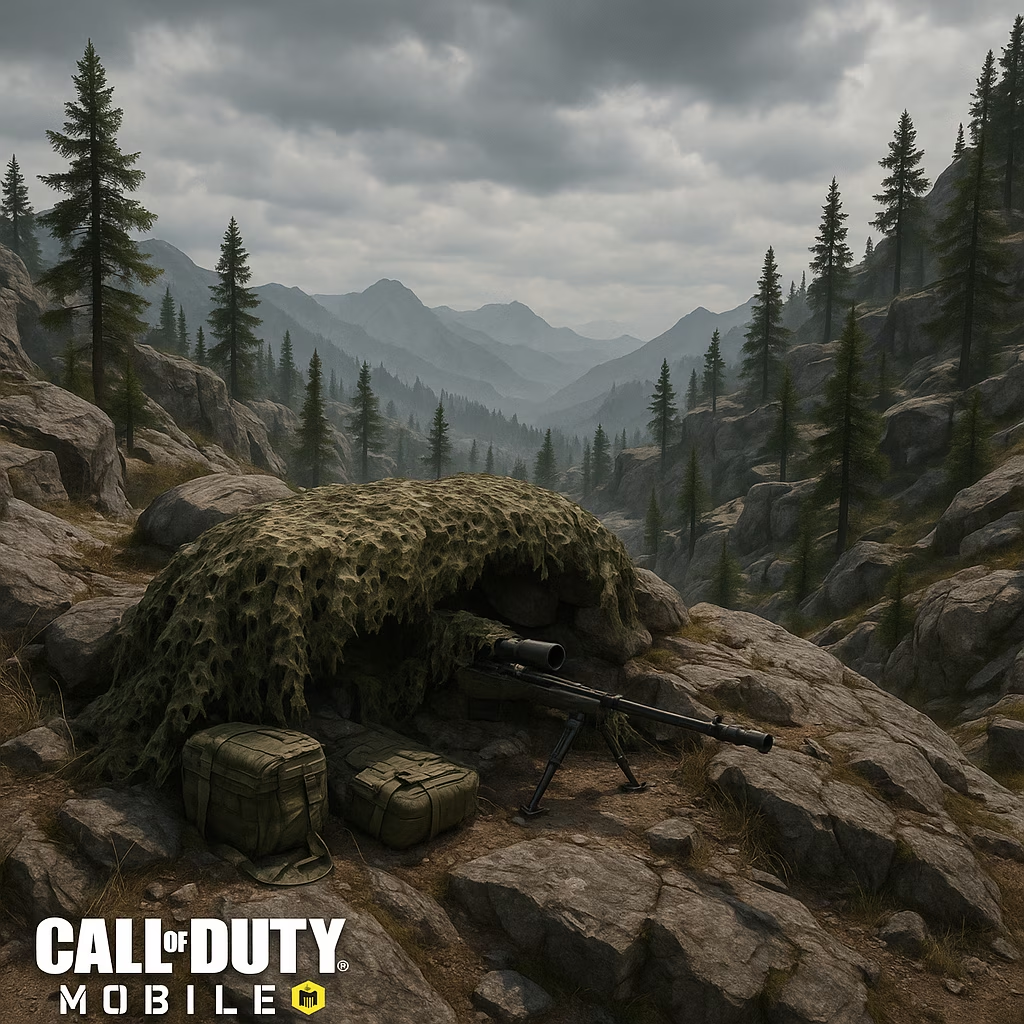Warzone Mobile Revives Nostalgic Verdansk Experience
Call of Duty: Warzone Mobile's exciting revival of Verdansk promises nostalgic battles with modern twists, stunning visuals, and innovative gameplay on handheld devices.
The official confirmation of Call of Duty: Warzone Mobile sent shockwaves through the gaming community when Activision broke the silence after months of swirling rumors. This announcement wasn't merely about bringing the battle royale titan to handheld devices—it represented a homecoming for a beloved virtual battleground. Insider whispers swiftly transformed into thunderous revelations when trusted leakers unveiled that the mobile iteration would resurrect Verdansk, though not in its original incarnation. The revelation sparked immediate discourse among veterans who'd mourned the map's replacement by Caldera in the mainline game, igniting hopes for a nostalgic resurgence with contemporary twists.

Verdansk's legacy as Warzone's inaugural arena solidified over eighteen monumental months, evolving through two distinct versions that shaped countless firefights and strategic plays. Its absence left palpable void 🕳️, making the leak from @TheGhostOfHope—a source with established credibility through prior accurate Call of Duty intel—exceptionally impactful. This version, however, promises radical reinvention: a "mash-up" blending cherished landmarks with entirely novel points of interest. The conceptual fusion aims to honor nostalgia while injecting fresh tactical dynamics, though specifics about which structures or zones would return remained tantalizingly undisclosed initially.
Visual fidelity emerged as another critical pillar in early assessments. When probed about graphical quality, @TheGhostOfHope emphatically stated the "graphics look solid," suggesting Activision prioritized high-end mobile optimization. This aligned with technological ambitions observed in rival mobile shooters like PUBG Mobile and Apex Legends Mobile, setting expectations for visual parity with console counterparts. Supporting this narrative, @just4leaks2 highlighted recruitment imagery subtly showcasing the remixed Verdansk layout—further cementing its authenticity through corporate branding.
Release timelines fluctuated amid development uncertainties; initial projections pointed toward 2022 launches before inevitable delays reshuffled calendars. Yet the Pacific Islands' omission proved deliberate: developers recognized Caldera's divisive reception and strategically leveraged Verdansk's emotional resonance. Key contrasts between the classic and mobile variants include:
| Feature | Original Verdansk | Mobile Remix |
|---|---|---|
| Layout | Fixed urban/rural zones | Hybrid landmarks + new areas |
| Verticality | Limited high-rises | Expanded multi-level structures |
| Visual Style | Gritty realism | Enhanced textures + lighting |
Community reactions oscillated between euphoria and skepticism—after all, translating console-scale warfare to smartphones demanded balancing performance with complexity. Would iconic sniper nests like Airport Control Tower retain their lethal sightlines? How would vehicle physics adapt to touch controls? These questions lingered as developers tackled mobile-exclusive mechanics:
-
Streamlined inventory management
-
Auto-pickup optimizations for loot
-
Contextual button mapping
-
Gyroscopic aiming alternatives
Post-launch in 2023, the reimagined Verdansk validated leakers' claims through meticulously curated nostalgia. Familiar districts like Downtown's skyscraper canyons coexisted with industrial expansions near the riverside, while graphical enhancements leveraged smartphone GPUs for dynamic weather effects and particle physics. Player telemetry later revealed fascinating behavioral shifts: mobile operators favored close-quarters engagements in new hybrid zones, contrasting console players' preference for long-range tactics in classic sectors—a testament to thoughtful design differentiation.
Three years since its debut, Warzone Mobile's Verdansk experiment raises provocative questions about gaming's evolving cartography. If recontextualizing legacy maps resonates this profoundly, could future titles revive Black Ops' Nuketown or Modern Warfare's Rust as evolving sandboxes? What responsibilities do developers bear when reincarnating digital spaces that players emotionally inhabit? Perhaps maps aren't just backdrops but cultural artifacts—living museums where every bullet hole tells a story. As technology erodes barriers between platforms, does this hybrid approach foreshadow a unified gaming memory… or fracture it further across device-specific experiences?